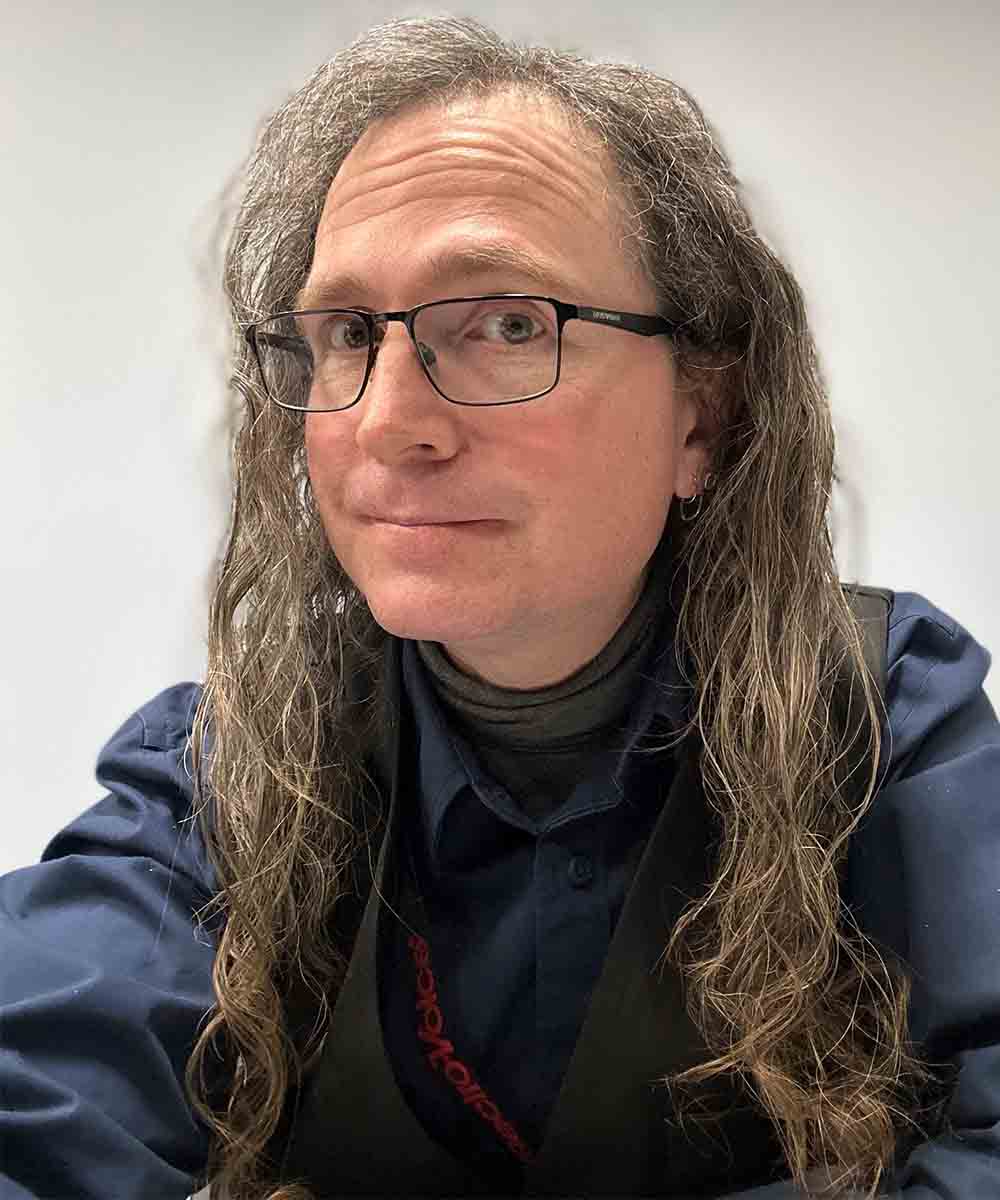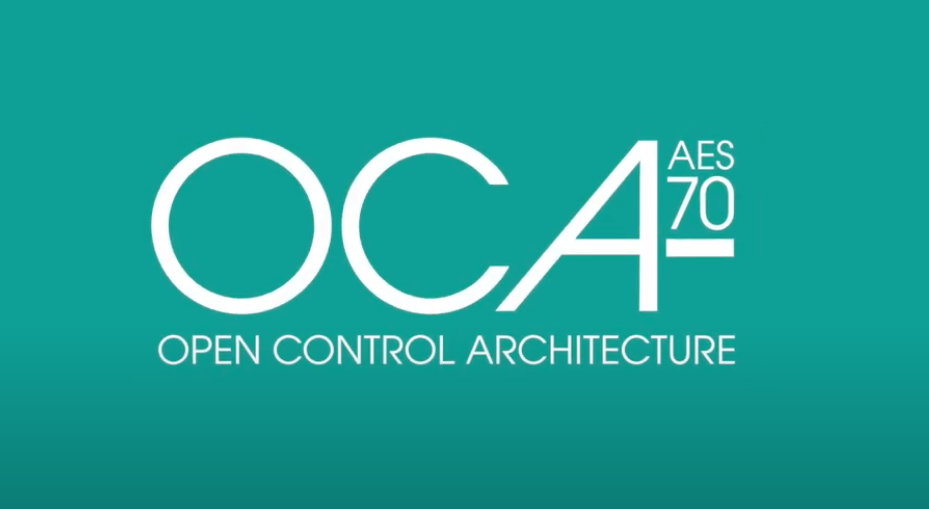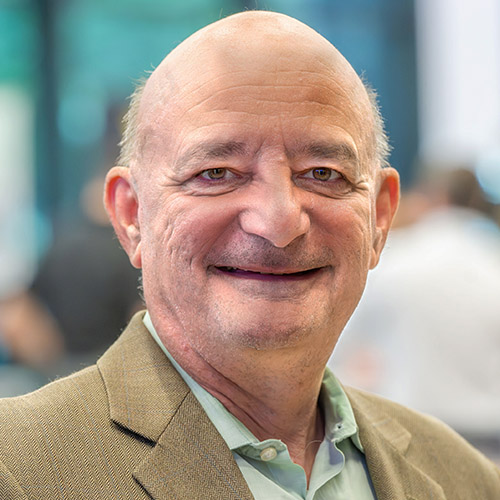Back in the 1990s, members of the Audio Engineering Society (AES) were wrestling with how to implement common control mechanisms for Pro AV devices to make them more broadly compatible with a wider range of third-party technologies. This effort, known as AES-24, was key for workflows that wanted to use a variety of products.
[Singing the Praises of High-End Audio]
Fast forward a couple of decades and AES70 appeared on the scene. Initially called Open Control Architecture (OCA), it's a formal device control standard that was ratified by the AES and published in January 2016. It was developed by a group of companies called the OCA Alliance, formed in 2012 to combine their individual efforts.
Basically, AES70 serves as a communications architecture for the control, monitoring, and connection management of networked audio and video devices. It offers a way to control devices and systems via a suite of software and tools that help to create more complete (and flexible) media networking topologies.
Clear Benefits
AES70 is an open standard that ensures that certain commands are universally understood. For example, a digital control surface on one network can tell a mixer on another to mute a channel, subgroup certain other channels, send back level meter readings, etc. These days, the two acronyms—AES70 and OCA—are often used interchangeably, but the OCA method of device control on a network is now officially called AES70.

AES70 offers three primary benefits to the Pro AV industry, according to Ethan Wetzell, platform strategist at Bosch Communications Systems, who also serves as marketing chair for the OCA Alliance. “To begin with, it provides an open public standard for adding device control and management to hardware and systems,” he explained. “This means that developers who need a way to control their hardware have a ready-made and highly robust solution that can reduce their development time and leverage the engineering work that has been developed and continues to enhance the standard.”
Second, he said, by using AES70 and becoming part of that ecosystem, a company can have a level of interoperability with other devices, systems, and tools that also use AES70. This is something that can be extremely handy when looking at the topic of controllers.
Wetzell said the third benefit is the additional connection management functionality that works alongside media networking transports, such as AES67, to round out their capabilities. With all of this, any kind of connected AV product can benefit from AES70.
Forward Progress
Today, much of the current work on AES70 is focused on adding additional media networking connection management functionality for more technologies, like AES67, MILAN, and others. Work is also ongoing on additional protocols beyond TCP and UDP, including serial byte stream and JSON options.
“It is very much a living standard and has several channels of active development,” Wetzell said. “While the first formal standard was published in 2016, the OCA developed revisions to the standard in 2018, 2023, and 2024. Therefore, in addition to maintaining the standard, regular functional additions are continually being added to the standard to enhance and extend its capabilities.”
So, what does a developer do if their product is not compatible with AES70? Wetzell said the answer depends on where a product is in the development journey and the goals of the developer.
“If the product is in its early stages of development, the developer needs to choose how to control the device in some fashion," he offered. "This has architectural and system integration ramifications in addition to the raw implementation of a control architecture. Should a developer choose to, they could use an alternative control solution or build their own. Other technologies are also available, of course, but AES70 was designed to meet specific performance, reliability, scalability, and security needs that are unique to the standard, so the needs of the product or system need to be assessed.”
Wetzell added that it's also possible for a company with a product that is already developed to implement AES70 alongside another existing technology inside that product. Using AES70’s open architecture gives engineers more time to spend on developing product features, instead of creating proprietary control protocols.
“In fact, this is what Focusrite did with their AES70 implementation—running a lightweight object in their hardware alongside their existing protocol to support either flavor of control, depending on what it was talking to,” Wetzell said.
Focusrite’s RedNet series of audio interfaces leverages AES70 in conjunction with its own control system. This ensures interoperability with other devices that also use AES70 while still benefiting from Focusrite's proprietary control features.
“The lightweight nature of AES70 enables manufacturers to use their own proprietary control protocol and implement AES70 over the top of it to allow for a transition to a fully AES70 control solution at a time of their choosing,” said Matt Hardy, business development partner at DeusO. The company has created a highly compact, AES70-based Arduino UNO microcontroller board with 100 Mbps Ethernet that requires minimal processing and can be implemented in a 1kB solution.
While much of the benefits from AES70 are aimed toward the developers of a product, AES70 can benefit users as well. This is mainly from the standpoint of control, customization, and consolidation. Plus, there are functional benefits, such as how information is exchanged between devices and how things like concurrent control from multiple users are handled.
For example, Wetzell said AES makes it fairly easy for an integrator to create a custom UI that consolidates relevant controls from multiple products into a unified UI. “This can streamline workflow and make customization much easier," he added. "For general integration use, the fact that AES70 provides a mainly human-readable API also makes working with it easier than many other options.”
Flexibility at Is Core
AES70 is an open public standard, so its use is not encumbered by licensing fees. While there are several free tools and implementation options, Wetzell said there are also commercial options for software implementations or hardware reference designs for developers who want those options for enhanced support or other benefits that result from a commercial implementation.
“As far as media technology and other compatibility issues, AES70 has been specifically designed to be as agnostic as possible when it comes to cohabitating with other technologies,” he said. “Whether it’s Dante, MILAN, RAVENNA, AVB, AES67, analog, or whatever, AES70 doesn’t care and will happily work alongside any of them.”
The OCA Alliance is a not-for-profit corporation formed to promote and support the AES70 standard as a media networking system control standard for professional applications. It currently counts 17 member companies, including Adamson, d&b audiotechnik, DeusO, Bosch Communications Systems, Profusion, and JOYNED. Among the latest to join are Elytone, which designs and manufactures various electronic components and solutions, and Vizrt’s NDI.
“We were very pleased to welcome NDI for a lot of reasons,” Wetzell said. “To begin, NDI is quite prolific, so this brings a number of touchpoints that AES70 can bring benefit to, particularly as the NDI ecosystem expands and diversifies itself. Reciprocally, NDI can harness the functionality of AES70 to greatly extend the operational functionality of these systems and endpoints.
"NDI has several interesting applications that our existing membership is not directly involved with, so expanding the scope and relevance of AES70 to other applications, categories of products, or industries is a win for everybody," he continued. "There is also the matter of NDI bringing unique application knowledge, particularly on things like video, that will be very helpful to the group as development of AES70 continues.”
AES70 has been designed to be flexible so it can be used to control any type of AV device. You don't need a development kit to implement it, although having one makes the job easier. The downloadable specification contains all necessary information for building an AES70-compliant device from scratch, if desired. Commercial libraries and reference designs are available from multiple sources.
Targeted for professional applications, AES70 works for up to 10,000 devices and works alongside any media transport protocol, delivering a complete media network platform for digital audio and video systems of any size.
“As an organization, we very much want to continue to make the standard as friendly and useful for video or anything else in the industry, so we actively invite participation via the OCA Alliance or AES to any interested parties that want to contribute expertise or insight into future updates to the standard,” said Wetzell.

